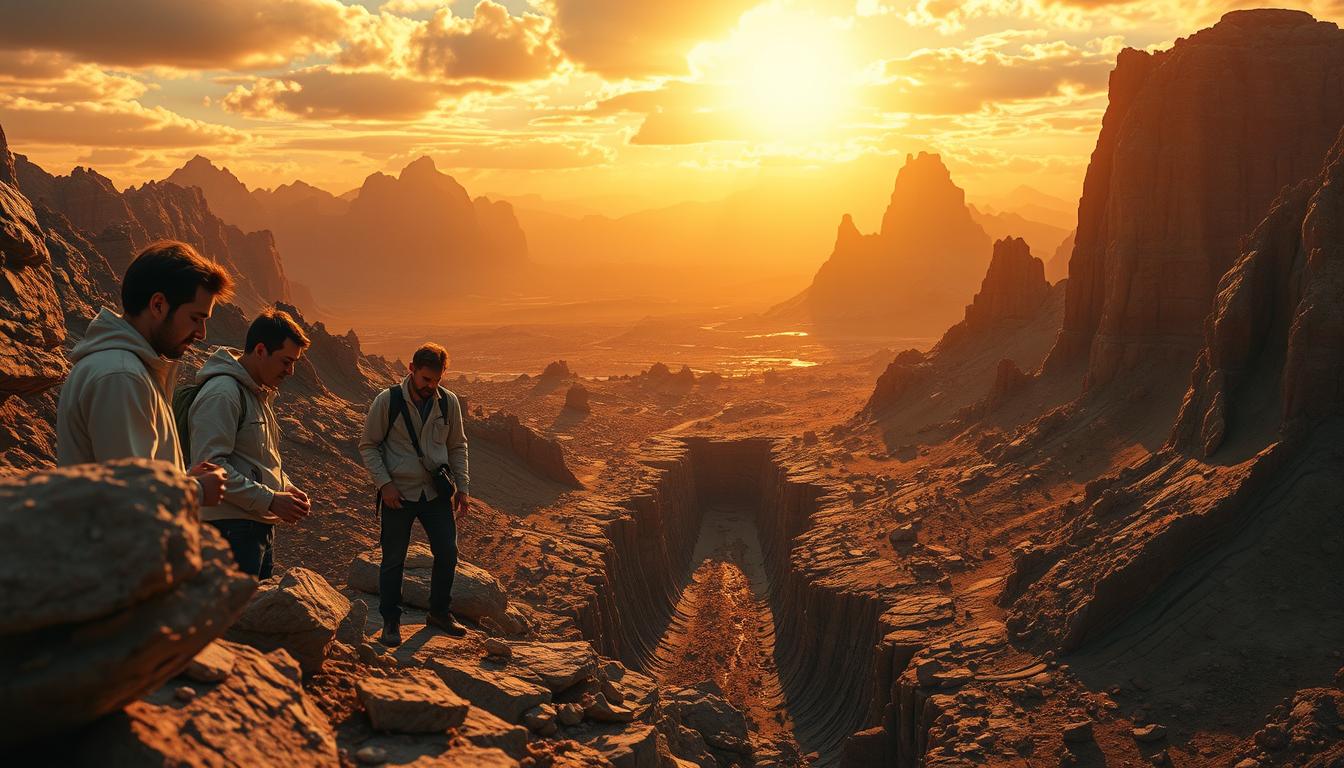Rivers are among the most dynamic and visible agents of geological change on Earth. Their role in shaping the landscape is both profound and multifaceted, affecting everything from local ecosystems to global sediment cycles. This comprehensive guide delves into how rivers sculpt the geological landscape, presenting a lucid yet detailed exploration of the processes involved.
Erosion and River Cutting
Rivers primarily shape the landscape through erosion—a process where water wears away rock and soil. As a river flows, it exerts force on its bed and banks, picking up and carrying away particles. Over millennia, this erosion can cut dramatic features into the landscape, such as canyons and valleys. For instance, the Grand Canyon in the USA was formed by the Colorado River eroding rock layers over millions of years.
Transportation of Sediments
Rivers are also vital conveyors of sediments. As they erode the landscape, rivers transport these materials downstream. The size and type of sediment carried depend on the river’s velocity and volume, with larger particles moving during periods of high water flow. This transportation process redistributes nutrients and minerals across vast areas, significantly influencing soil fertility and landform development.
Deposition and Landform Creation
When a river loses energy—due to a decrease in slope or an increase in riverbed size—it begins depositing the sediments it has carried. This deposition can create various landforms, including deltas, floodplains, and alluvial fans. Deltas form where rivers meet standing bodies of water like lakes or seas, spreading out and depositing sediments in fan-shaped patterns. The Mississippi River Delta is a prime example, constantly reshaped by the sediments deposited by the river.
River Meandering and Oxbow Lakes
Rivers rarely flow in straight paths, especially in flatter landscapes. They meander, creating sinuous curves that migrate across floodplains over time. This meandering can cut off segments of the river, forming oxbow lakes. These features illustrate the river’s dynamic nature and its ability to reshape the landscape in response to sediment load, flow rate, and the underlying geology.
Human Impact on River Landscapes
Human activities have significantly altered river landscapes. Dams, for instance, trap sediments that would otherwise nourish downstream ecosystems and landforms. The alteration of natural water flow affects erosion and deposition patterns, often leading to unintended consequences like increased erosion downstream of dams or reduced sediment supply to deltas, which can contribute to land subsidence and increased vulnerability to sea level rise.

















































